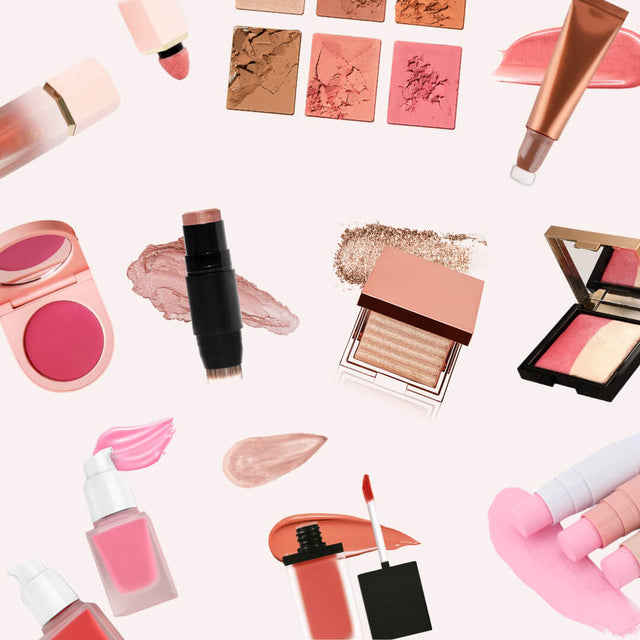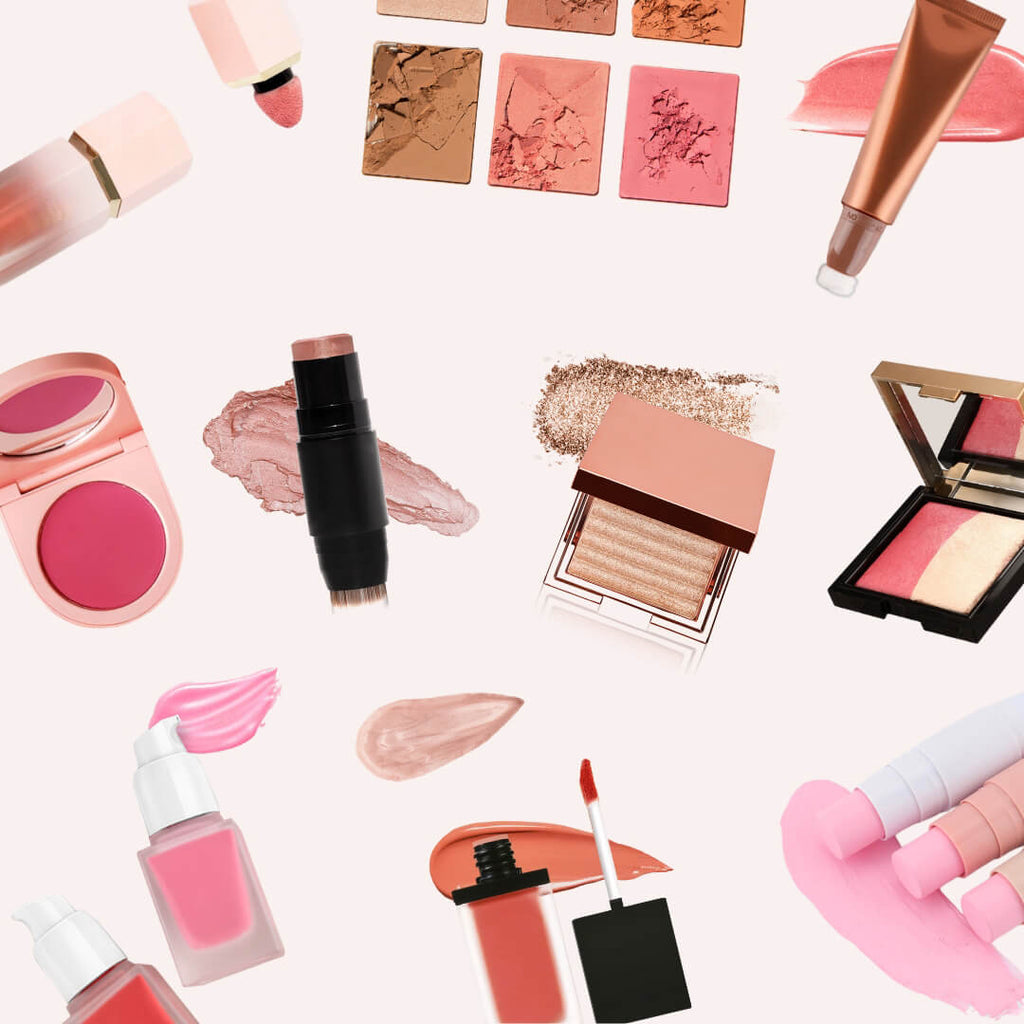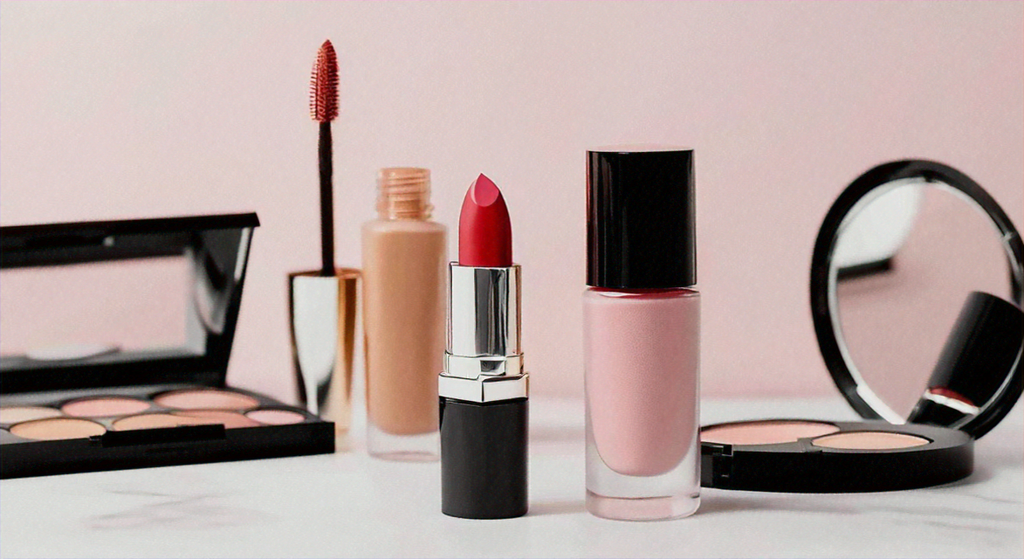How Much Does It Cost to Start a Cosmetic Business? A Comprehensive Guide
Starting a cosmetic business may lead to the first question popping into your mind:
“How much does it cost?”
To determine the startup cost of a cosmetics business, you need to analyze the major expenses.
- Incorporation Fees
- Brand Development Costs
- Production Costs
- Website Costs
- Marketing Costs
Calculating production costs can be challenging as it is often the biggest expense for newcomers in the industry.
Many cosmetic manufacturers keep their production prices a big mystery, but we don’t!
The cost of launching a cosmetic business can vary widely depending on several factors, including the scale of your operation, the complexity of your product line, your target market, and your chosen distribution channels. Let's break down the major expense categories you'll encounter:
1. Incorporation Fees: Laying the Legal Foundation ($ 300)
One of the first steps in launching a cosmetics business is choosing a business entity type.
This decision impacts your taxes, legal liabilities, and financial management.
2. Brand Development Costs: Crafting a Compelling Identity
In the highly competitive beauty industry, a strong brand identity is crucial to attract customers and stand out from the crowd. This involves investing in:
-
Logo Design: A professional and memorable logo is essential for visual recognition. The cost can range from a few hundred dollars for basic designs to several thousand dollars for complex, custom-made logos.(You can hire a designer from Fivver or Esty, the cost from USD 30-250.)
-
Brand Identity Development: This encompasses defining your brand values, target audience, and visual aesthetic. A branding agency can help you create a cohesive brand identity, with costs varying based on the scope of the project.(Typically, experienced companies charge between 500-3000 USD. For small businesses, consider hiring a designer from Fiverr or starting with just a logo.)
-
Website Design and Development: Your website is your digital storefront. A professional website that showcases your products, tells your brand story, and provides information about your company is essential. Expect costs ranging from a few thousand to tens of thousands of dollars, depending on the complexity of the site. (Consider building your website with Shopify, WIX, or Wordpress for a cost of 20-30 USD per month. Alternatively, hiring a designer to assist you on these platforms can range from 100-500 USD, saving you time and money.)
-
Packaging Design: Attractive and functional packaging is crucial for creating a positive first impression and protecting your products. Design fees for packaging can range from a few hundred to several thousand dollars, depending on the complexity of the design and the number of products you're packaging.
-
Photography and Videography: High-quality visuals are essential for marketing your products. Photography and videography costs can range from a few hundred dollars for simple product shots to several thousand dollars for professional shoots that capture the essence of your brand. (If a small business can do it by yourself or collaborate with an influencer, they can assist in taking photos and creating videos with good ideas. Costs range from USD 100-1000, depending on the amount of content you want.)
3. Production Costs: Bringing Your Products to Life
This is where the heart of your cosmetic business lies. The production cost will depend heavily on the type and quality of ingredients you use, the complexity of your formulations, the size of your initial production run, and whether you're working with a contract manufacturer or producing in-house.
-
Ingredients: The cost of ingredients can vary significantly, with high-quality, natural, or organic ingredients often commanding a higher price. Research and compare prices from different suppliers to find the best value for your budget.
-
Formulations: Developing effective and stable cosmetic formulations can require the expertise of a chemist or cosmetic formulator. This can involve research, testing, and refinement, which can add to the cost.
-
Packaging: Choose packaging that is not only attractive but also protects your products and complies with regulatory requirements. Packaging costs can vary based on the size, material, and design of your containers.
-
Production Run: The cost per unit will decrease as you increase your production volume. Consider starting with a smaller batch to minimize upfront costs and assess market demand.
-
Contract Manufacturing: Partnering with a contract manufacturer can streamline production, handle quality control, and ensure compliance with regulations. However, you’ll need to factor in their fees, which can vary based on product complexity, production volume, and packaging requirements.
-
In-house Production: If you choose to produce your cosmetics in-house, you'll need to invest in equipment, facilities, and personnel. This can involve significant capital expenditure and ongoing operational costs.
Important Note: It's crucial to research and understand the regulations governing cosmetic manufacturing in your region. Compliance with regulations, which may include product testing, labeling requirements, and safety standards, can add to your overall costs. You might need to work with a regulatory consultant to ensure compliance.
4. Website Costs: Building Your Digital Presence
In today's digital age, a professional website is indispensable for showcasing your products, building your brand identity, and reaching potential customers. Here are the key website costs to consider:
-
Domain Name Registration: Secure a domain name that reflects your brand name and is easy for customers to remember. Domain name registration fees are relatively low, typically ranging from a few dollars to tens of dollars per year.
-
Website Hosting: You’ll need web hosting to make your website accessible online. Hosting fees can vary depending on the amount of storage space, bandwidth, and features you require. Prices can range from a few dollars per month to several hundred dollars per month for more robust plans.
-
Website Design and Development: This includes the visual design, user interface, and functionality of your website. The cost can range from a few hundred dollars for basic templates to several thousand dollars for custom-designed websites with e-commerce functionality.
-
E-commerce Platform: If you plan to sell your products online, you'll need an e-commerce platform. Platforms like Shopify or WooCommerce offer a range of features and pricing options, with monthly subscription fees starting at around $30 to several hundred dollars per month.
5. Marketing Costs: Reaching Your Target Audience
Effective marketing is essential for attracting customers and generating sales. Allocate funds for:
-
Social Media Marketing: Create engaging content, run targeted ads, and build a community on platforms like Instagram, Facebook, and Pinterest. Social media marketing costs can range from a few hundred dollars per month for organic content to several thousand dollars per month for paid advertising.
-
Search Engine Optimization (SEO): Optimize your website and content for search engines to improve your visibility and drive organic traffic. SEO services can range from a few hundred dollars per month to several thousand dollars per month, depending on the scope of the work.
-
Email Marketing: Build an email list and send targeted campaigns to nurture leads and promote your products. Email marketing tools can cost a few dollars to several hundred dollars per month, depending on the features and number of subscribers.
-
Influencer Marketing: Collaborate with influencers in your niche to promote your products to their followers. Influencer marketing costs can range from a few hundred dollars to several thousand dollars per campaign, depending on the influencer's following and engagement rates.
-
Public Relations (PR): Generate media coverage and build brand awareness through press releases, media outreach, and partnerships. PR services can range from a few hundred dollars to several thousand dollars per month, depending on the scope and complexity of the campaign.
-
Content Marketing: Create valuable and engaging content, such as blog posts, articles, videos, and infographics, to attract and educate your target audience. Content marketing costs can vary based on the type and quality of content you produce.
6. Regulatory and Compliance Costs: Ensuring Safety and Quality
To ensure your cosmetics comply with safety, labeling, and other regulations, you’ll need to allocate funds for:
-
Product Testing: Conduct safety testing to verify the ingredients and formulations of your products meet regulatory standards. Testing costs can vary based on the type of testing required and the number of products being tested.
-
Labeling Compliance: Ensure your product labels comply with all applicable regulations regarding ingredients, warnings, and directions for use. Labeling compliance can involve costs for design, printing, and regulatory consultation.
-
Registration with Regulatory Bodies: In many regions, you may need to register your cosmetics with regulatory bodies, such as the FDA in the United States. Registration fees vary depending on the specific requirements of the regulatory body.
7. Inventory and Shipping Costs: Getting Your Products to Market
Once you have your products ready, you'll need to manage inventory and ship orders to customers. Factor in these costs:
-
Inventory Storage: If you're storing inventory, you'll need to factor in the cost of warehouse space or storage units. Storage costs can vary based on the size and location of the storage facility.
-
Shipping and Handling: The cost of shipping your products to customers will depend on the weight and size of the package, the distance it needs to travel, and the shipping method you choose. You can compare shipping rates from different carriers to find the best value.
Finding Funding Options: Securing the Necessary Capital
Starting a cosmetic business requires significant upfront investment. To fund your venture, explore these options:
-
Personal Savings: If you have substantial savings, you can use them to self-fund your business. This gives you more control but requires significant financial resources.
-
Business Loans: Banks and other lenders offer loans specifically designed for businesses. Loan terms and interest rates vary, so shop around and compare options.
-
Crowdfunding: Platforms like Kickstarter and Indiegogo allow you to raise funds from a large number of individual contributors. This can be an effective way to generate funding and build early customer interest.
-
Investor Funding: Seek investment from angel investors or venture capitalists who are willing to provide capital in exchange for equity in your business.
Final Thoughts: Navigating the Path to Success
Starting a cosmetic business is an exciting venture that demands careful planning, dedication, and a realistic understanding of the costs involved. By diligently assessing your expenses, creating a detailed budget, and exploring funding options, you can lay a strong foundation for your success. Remember, success often comes with a commitment to quality, innovation, building a loyal customer base, and adapting to the ever-evolving beauty industry landscape.
Don’t underestimate the power of a well-structured business plan. A comprehensive plan that outlines your target market, product line, marketing strategy, financial projections, and funding needs will serve as a valuable roadmap for your journey.
While the cost of starting a cosmetic business can seem daunting, the potential rewards are immense. By combining passion, strategic planning, and a commitment to excellence, you can create a successful and fulfilling cosmetic brand that resonates with your target audience and makes a lasting impact in the beauty industry.





![Cosmetic Formulation: A Beginner's Guide [Updated 2024]](http://sindebella.com/cdn/shop/articles/Cosmetic-Formulation-A-Beginner_s-Guide.jpg?v=1729326365&width=1024)